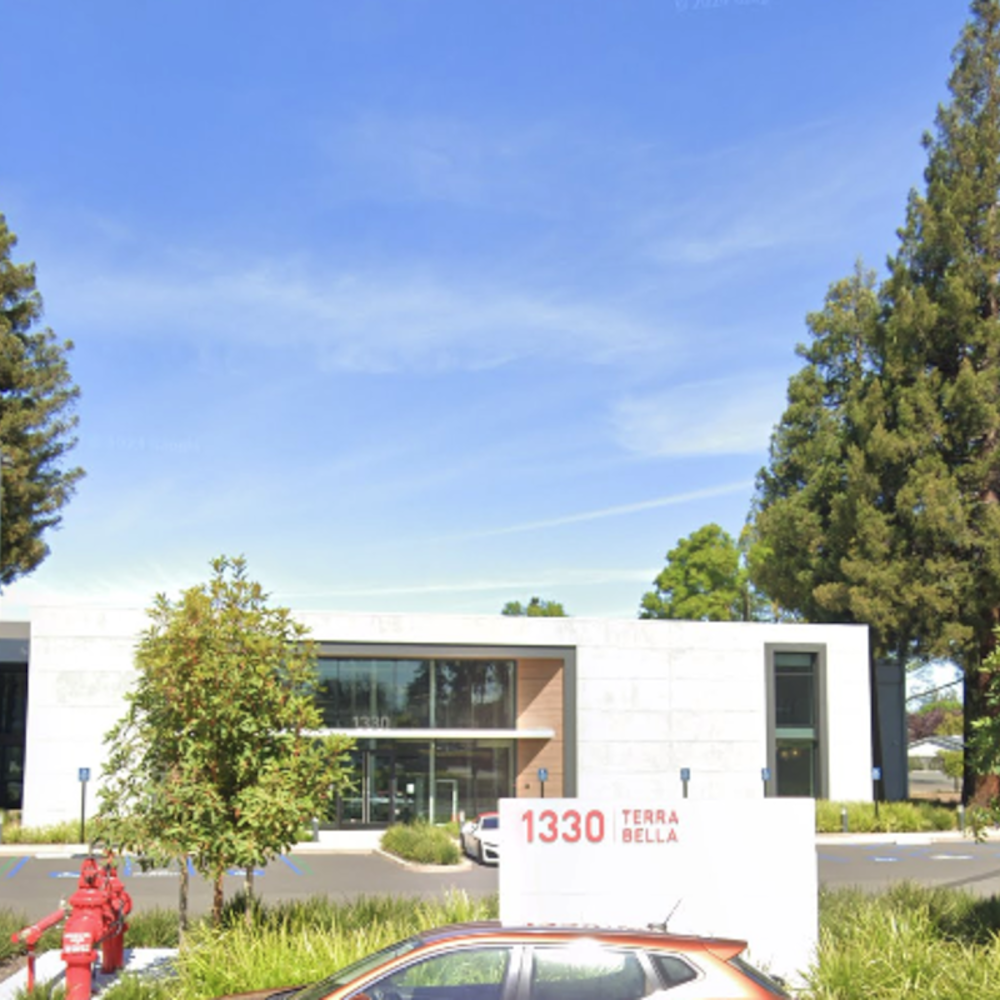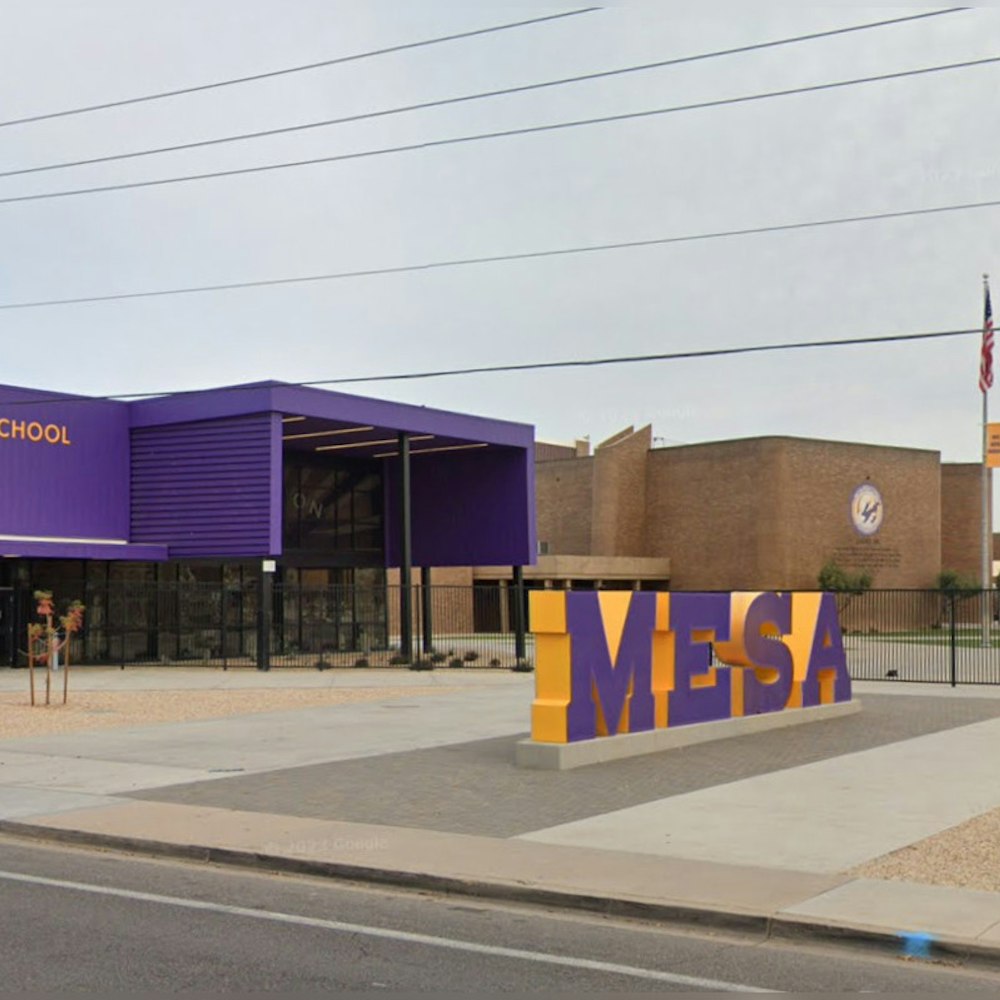
More than 722,000 households in Georgia are bracing for the impact as the federal Affordable Connectivity Program begins to scale back, leaving many without the funds to maintain their home internet access. This essential federal assistance, providing a $30 monthly subsidy for internet plans and $100 for computer equipment, has benefited thousands since its introduction but has been hanging by a thread since its funds started drying up earlier this year. The program, part of the bipartisan Infrastructure Investment and Jobs Act, launched with a robust $14.2 billion in funding at the close of 2021, according to WABE.
Despite a commendable mission and initially serving over 10 million households nationwide, a swift depletion of resources imperiled its sustainability, causing officials to warn participants of reduced benefits as soon as this month, the ability to make ends meet has proven challenging for the FCC, they had hoped Congress would step in to extend funding, but as May rolls around the program's continuation sits precariously in the hands of legislative action, FCC Chairwoman Jessica Rosenworcel, President Joe Biden, as well as digital equity advocates, have strongly called on Congress to preserve this lifeline for low-income families.
In Georgia's 5th Congressional District, centering around metro Atlanta, almost 68,000 households are left in a state of uncertainty, as they represent a significant 23% of those enrolled in the program, with the region benefitting from over $450 million in funding, as stated by WABE. This looming disconnection threatens not only access but the stability that Richard Hicks, CEO of digital equity and education nonprofit Inspiredu, stresses is vital to the communities he serves. He told WABE, "When you start retiring things and doing all of that, it’s not so easy for them to pivot."
In a survey, the FCC discovered that more than three-quarters of the Affordable Connectivity Program's beneficiaries might need to either downgrade their internet service or lose it altogether after the cut-off, which underscores the gravity of a broadband disconnect particularly for tasks such as scheduling healthcare appointments, handling schoolwork, or seeking employment opportunities, the critical nature of a reliable home internet connection cannot be understated for everything from job applications and telework to educational resources increasingly relies on digital access, and while smartphones may offer a degree of connectivity, they fall short of the complete capabilities needed, especially when it comes to software-reliant tasks, per insights shared by Inspiredu's Hicks in his interview with WABE.
The gap in internet access hits families across the income spectrum. Andrea Rowland, a DeKalb County administrative assistant, shared her frustration with not qualifying for Affordable Connectivity Program benefits, despite the clear necessity, "My bill is $90 now, and that’s only because I begged them for a discount," she lamented to WABE. The Affordable Connectivity Program's stringent eligibility requirements—being below 200% of federal poverty guidelines or receiving welfare benefits—excluded many working parents like Rowland, who see uninterrupted internet service as non-negotiable for their children's education and their own livelihoods.
Meanwhile, Hicks remains hopeful for a continued push towards digital equity, where even as the Affordable Connectivity Program comes to a potential close, efforts to provide low-cost solutions persist in collaboration with major service providers. The legacy of the Affordable Connectivity Program might inspire broader initiatives down the line, as digital equity enters a transformative phase with the backing of the Digital Equity Act of 2021. The Act, which channels $2.75 billion into three grant programs, along with Georgia's recently approved Digital Equity plan, aims to expand digital connectivity and device ownership by 2026, a vision that seeks to bridge the widening digital divide, as detailed by the U.S. Department of Commerce's National Telecommunications and Information Administration this March, according to WABE.









